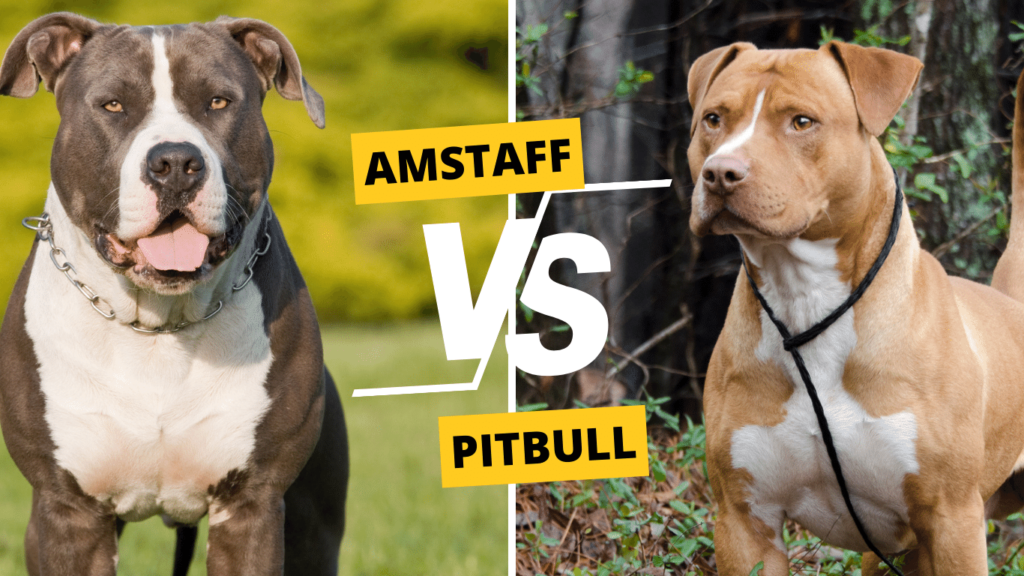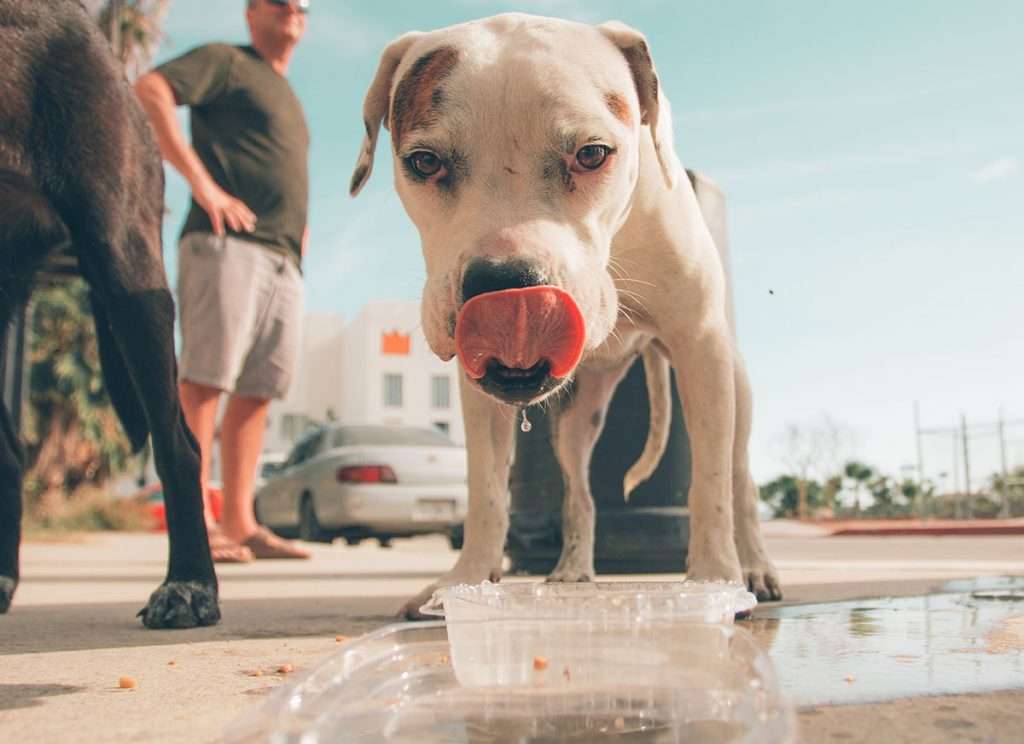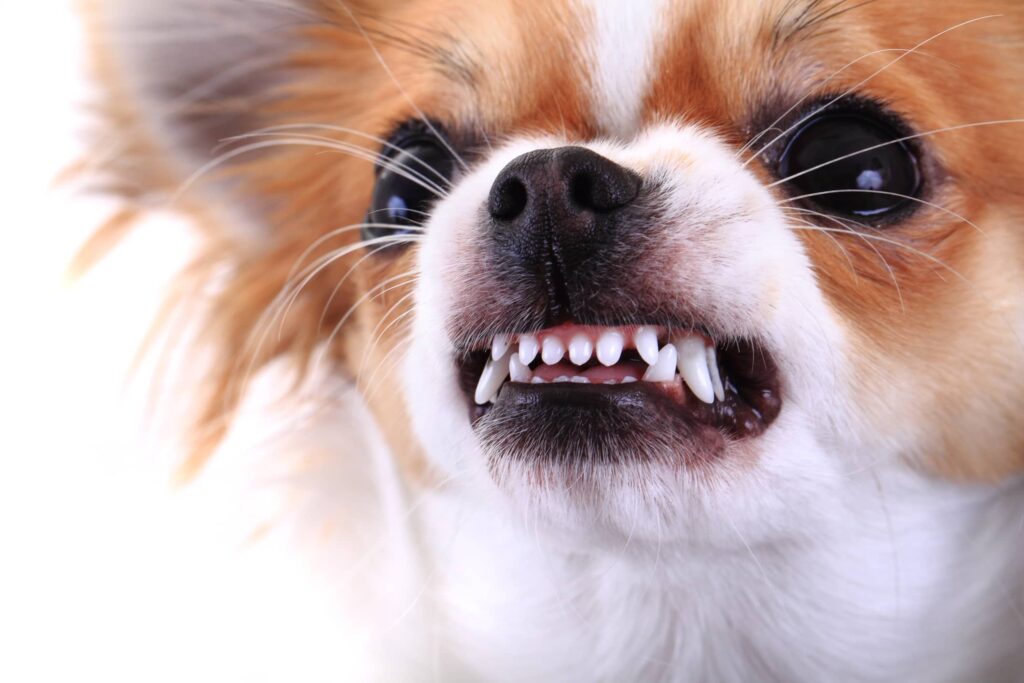
Top 5 Canine Depression Symptoms And How You Can Help
-
 By
Alexander Thornton
By
Alexander Thornton
- Last updated: October 16, 2023

Did you know that dogs can get depressed? Mental health isn’t exclusive to humans. Our pets can also experience depression and even anxiety.
Are you worried that your furry friend has been experiencing depression? Have you noticed some things that you think might be signs of it?
Dog depression doesn’t always present like human depression. They can’t tell you when they have a problem and you can’t take them to a psychiatrist. That said, some signs and symptoms are similar enough that you can notice them if you know where to look. In this article we’ll look at the top five most common Canine Depression Symptoms and how we can help treat them.
Table of Contents
1. They’re Sleeping More Often
Typically, dogs tend to have a more extensive sleep schedule compared to humans. In the early stages of their lives, puppies often dedicate up to twenty hours of their day to sleep, which is crucial for their proper growth and development. As they mature into adulthood, dogs continue to maintain a substantial amount of daily sleep, reaching up to fourteen hours in some instances.
However, it’s vital to recognize that sleep patterns can vary widely among different dogs, and as their closest companion, you’ll be most familiar with your dog’s individual sleeping norms. Have there been any discernible alterations in their rest patterns lately?
Interestingly, like humans, dogs who exhibit an increase in their sleep duration may be experiencing depression. This similarity mirrors the human tendency to sleep more while undergoing depressive episodes. While an uptick in sleep duration can be considered normal in certain circumstances—such as during the chillier, darker months when animals generally tend to sleep more—it might also serve as an alert to potential issues, either psychological like depression or physical health-related.
In case you’ve observed that your canine friend has been spending an unusually lengthy period in slumber, it is prudent to observe additional symptoms that might indicate depression. Establishing a thorough understanding of such signs and the potential causes can assist in determining whether your dog’s extended sleeping hours are a product of natural factors or if they are indicative of an underlying health issue or emotional distress. Thus, ensuring your pet’s wellbeing necessitates a keen observation of behavioral changes, like alterations in sleep patterns, to provide them with appropriate care and support when needed.

2. They Don’t Want To Play
Dogs inherently revel in moments of play, particularly during their youthful and energetic stages. Every dog, as it navigates through the passage of time, will inevitably exhibit a gradual reduction in their activity levels as they age. However, it’s quite rare to witness a dog completely forgo a spirited game of fetch, even if it’s confined to a short toss across the living room.
Have you perceived a noticeable dwindling interest in play from your usually frolicsome furry friend, both towards you and their beloved toys?
It’s critical to underline the significance of a dog showing reluctance or disinterest in play. Engaging in playful activities is not merely a form of entertainment for dogs but also an essential component for ensuring they receive a sufficient amount of exercise to maintain their health. Therefore, a lack of enthusiasm in a dog towards playtime is indeed a potentially alarming signal.
This noticeable change in behavior, if it persists for more than just a few days, parallels the aforementioned concern regarding oversleeping, signifying that there might be an underlying mental or physical health issue. Both scenarios necessitate close observation and potentially warrant a visit to a veterinarian or a pet behaviorist to discern the root cause of this change and to facilitate the necessary interventions for safeguarding your pet’s wellbeing. Furthermore, understanding and addressing these issues promptly can help in mitigating any adverse impact on their overall quality of life, ensuring they remain happy, healthy, and active as much as possible.
3. Their Appetite Changes
Dogs, especially when immersed in a lifestyle of continual activity and play, necessitate ample nourishment to fuel their lively antics. They typically exhibit a steadfast appetite, maintaining a fairly uniform dietary pattern, particularly if their day-to-day activities and schedule remain unaltered.
If you discern a diminished food intake from your dog, it’s imperative to elevate your level of awareness. A decrease in eating can emanate from various factors such as a reduction in physical activity or an increase in sleep, but it’s also possible for it to surface as an isolated behavior without accompanying symptoms.
Conversely, you may observe an escalation in your dog’s appetite. Mirroring human behaviors, dogs might engage in “comfort eating” as a mechanism to cope with various stressors.
Such fluctuations in dietary habits and appetite can precipitate discernible changes in weight, either culminating in loss or gain. Dogs who adopt a more sedentary lifestyle, while simultaneously indulging in excessive eating, are invariably prone to weight gain. On the other hand, insufficient food intake will manifest through conspicuous weight loss.
Hence, maintaining a watchful eye on your dog during their meals is of paramount importance. Engaging in this attentive observation of your pet’s eating patterns and promptly responding to any deviations, either a decline or increase, is indispensable in safeguarding their health. Should these shifts in appetite or weight persist, consultation with a veterinarian becomes essential to delve into the underlying causes and to devise an appropriate course of action, ensuring your pet’s physical and emotional wellbeing is optimally preserved. Within the broader context of identifying potential signs of depression in dogs, these variations in eating habits and weight act as vital indicators, providing tangible insights into their emotional and physical state.

4. They Start Over-Grooming
While dogs aren’t as inherently meticulous about their grooming as cats, they do engage in some self-grooming activities, despite necessitating regular baths. However, when a dog begins to engage excessively in grooming behaviors, it often signals an underlying issue that warrants attention.
Dogs in distress may manifest behaviors such as incessantly licking or biting at their paws. Although this may not immediately appear concerning, it is often a sign that they are grappling with anxiety or another form of discomfort.
Moreover, dogs experiencing depression might frequently lick various parts of their bodies or engage in excessive scratching. These behaviors can lead to skin breakages or gradual loss of fur, thereby compounding their physical issues.
It’s vital to be observant of your dog’s grooming habits, ensuring that you intervene when necessary to discourage them from potentially harmful scratching or biting until you can pinpoint and address the root cause of the problem.
In a more expansive context, understanding and recognizing changes in self-grooming can be essential in identifying and addressing emotional and physical health challenges in dogs. Your canine friend may not have the means to communicate their anguish or discomfort explicitly, but alterations in their grooming habits can act as a non-verbal cue, indicating that all might not be well.
5. They Hide
Our cherished pets, particularly dogs, derive immense joy and comfort from being in our presence. Inherently social creatures, dogs form profound bonds with their human companions, viewing them as integral members of their pack. Consequently, a sudden inclination for solitude or disengagement from social activities by your dog signals an unusual shift in behavior.
While dogs, akin to humans, do require their moments of solitude, an overt, consistent withdrawal from activities they once relished, such as playtime or meals, is a red flag that should not be ignored. If your furry friend no longer responds when called, abstains from joining in during playful moments, or exhibits reluctance even when enticed with food, it could be indicative that they are grappling with an internal struggle or discomfort.
If situations arise where you find yourself having to search for your dog within your home because they’ve sequestered themselves away, it may be prudent to consult with your online or local vet regarding the potentiality of dog depression.
Expanding further, recognizing and addressing behavioral changes in your dog is fundamental to ensuring their mental and physical well-being. Dogs, though communicative in their own unique ways, cannot explicitly express feelings of sadness or discomfort. Consequently, as attentive caregivers, identifying nuanced shifts in their behavior, such as a newfound preference for solitude, becomes paramount. Engaging with an online or local veterinarian or a professional specialized in dog behavior will not only aid in accurately identifying the issue but also in devising a supportive and strategic plan to assist your dog in navigating through this challenging period.
How to treat a dog with depression
Heighten Their Emotional and Physical Interaction

Establish a Consistent Routine
Provide Mental and Physical Stimulation
Implement a Nutritious Diet

Ensure Regular Exercise
Final Thoughts
Navigating through the rough patch of dog depression is no walk in the park and deserves as much attention and heart as human depression. Our fur-baby’s happiness isn’t just a tail-wagging matter; it’s crucial to their overall well-being and your harmonious life together. When those bright eyes lose their sparkle and that wagging tail goes still, it’s not just a bad day – it’s a call to action, a bark for help that we need to heed with all our love and concern.
There’s a world of possibilities out there to lift their spirits and bring back the joy in their eyes. Maybe it’s introducing a new furry friend to add some extra woofs and wiggles into your home. It could also be pinpointing and treating a hidden physical ailment that’s been lurking in the shadows, causing your pup discomfort. Or perhaps it’s about weaving a safety net of loving care around them, enlisting the help of friends or professional pet sitters when you can’t be there. The journey to helping your pet bounce back might have its challenges, but remember – your unwavering support and love are the best medicine to get their tails wagging joyfully again.
Frequently Asked Questions (FAQ)
What are the Behaviors of a Depressed Dog?
Less Excitement: Your pup might not be as excited about things they usually love like playtime, walks, or hanging out with the family.
Wanting to Be Alone: Your furry friend might just want to sleep all day or hide away in a quiet spot, even when fun stuff is happening around them.
Eating Habits Change: You might notice your dog is eating less or maybe even munching down more as a way to comfort themselves.
Barking or Howling More or Less: Whether your dog is quieter than usual or making a lot more noise, any change in how much they bark or howl can be a sign.
Obsessive Grooming: If they’re constantly licking or grooming themselves, especially their paws, they might be trying to soothe themselves because they’re feeling down.
Potty Issues: Even well-trained pooches might start having accidents inside or changing where they usually go potty.
Avoiding People or Other Pets: If your normally sociable dog starts avoiding people or their furry pals, something might be up.
Physical Changes: Look out for signs like your dog seeming really tired or changes in their weight, which can be connected to how they’re feeling emotionally.
Looking Sad: It might sound obvious, but if your dog seems sad, with droopy posture and sad eyes, they might be feeling down.
Being Restless or Anxious: Sometimes, instead of being quiet and withdrawn, a depressed dog might seem restless or anxious.

Alexander Thornton
About Us
Welcome to doggie site. We stand as the ultimate hub for dedicated dog enthusiasts, combining years of expertise and passion to bring you unparalleled canine insights. Established by a team of canine experts, our platform is rooted in evidence-based practices and a genuine love for dogs, ensuring that you receive the best advice and information.
Latest From Our Blog























